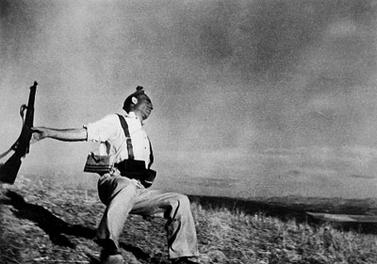I decided to take various portrait pictures of kittens, I
felt that using Kittens in portraiture would evoke emotion in people
furthermore I thought to take this on as a project because it’s something that I
haven’t done before or had experience with and thought that it would good to
experiment with photography. Although portraiture is of people or a group of
people in their natural environment I wanted to use kittens, because images of
them can be perceived with innocence and I wanted to create that shoot that
conveyed that feeling.
When I decided to do the shoot for the kittens I first
looked at other photographers in the field to see how their pictures looked and
to take inspiration for my own pictures. I looked into portraiture
photographers such as Larry Clark for inspiration because I wanted to
photograph subjects in their natural environment I also thought that taking
pictures of younger animals would fit my target audience better because younger
people as well as older prefer them.
My ability during the production was overall good but I
would have to comment on the fact it was difficult to get my shots as I was
photographing an animal which at times meant that the pictures would be blurry
or not look right . I found that if I used the standard light in my room it
made the photo come out dull and yellow looking so I used a flash to brighten
the image and I found my shot came out a lot better.
I think that the
final images were perfect because they captured what I was looking for, Kittens
in their natural environment, also the background fitted in because I used the smudge
tool on the picture in Photoshop to make the kitten stand out. If I was to do
this shoot again I will move the kittens to outside because they would look
better under natural light. My management of time was good as well because in
the time I had given myself, I managed to get quite a few pictures, some which I
used in my portfolio but many I didn’t because I felt that they didn’t fit or
there were technical difficulties such as the light or the images kept coming
out blurry due to the fact they were moving.







